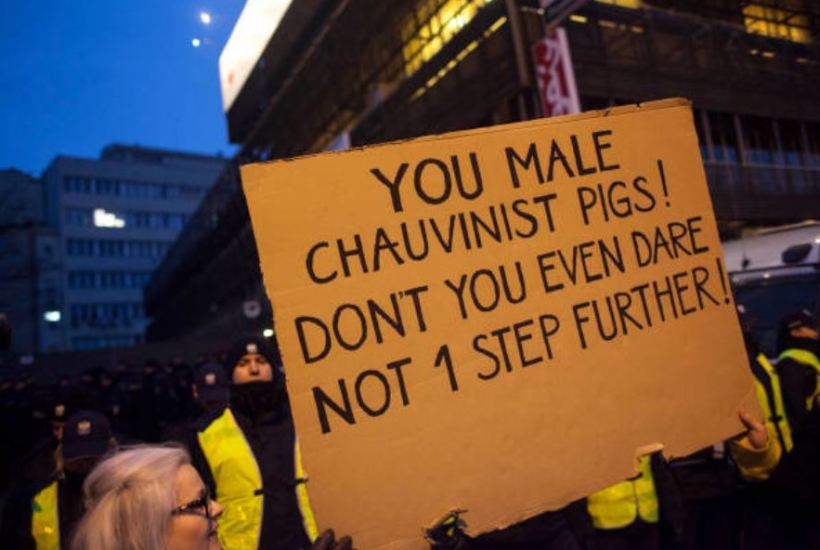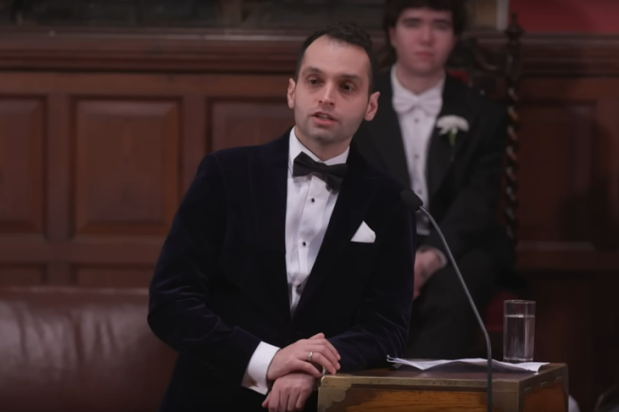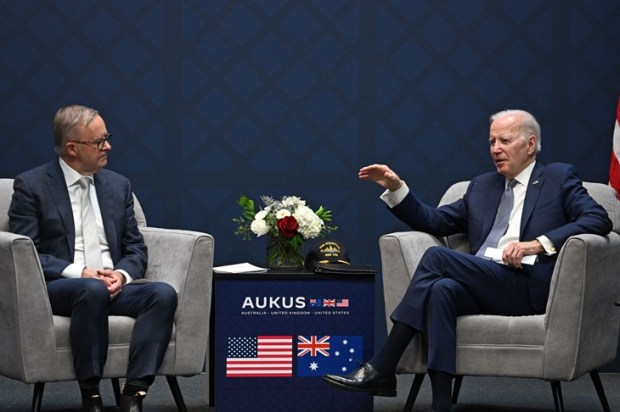Despite the protest from Magda Szubanski that the golden statuette awarded at the Oscars needs to be more “non-binary”, I think it’s a great symbol for what modern feminists think the perfect man should be. Just think about it: he’s rich, never says anything, keeps his hands firmly to himself but — most of all — has no testicles.
Already a subscriber? Log in
Subscribe for just $2 a week
Try a month of The Spectator Australia absolutely free and without commitment. Not only that but – if you choose to continue – you’ll pay just $2 a week for your first year.
- Unlimited access to spectator.com.au and app
- The weekly edition on the Spectator Australia app
- Spectator podcasts and newsletters
- Full access to spectator.co.uk
Or


























Comments
Don't miss out
Join the conversation with other Spectator Australia readers. Subscribe to leave a comment.
SUBSCRIBEAlready a subscriber? Log in